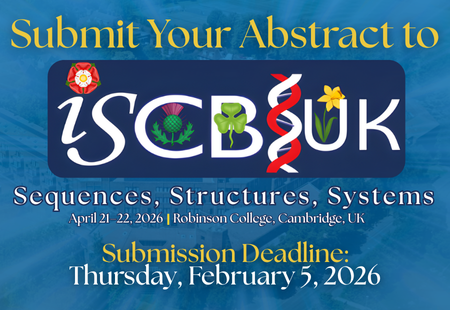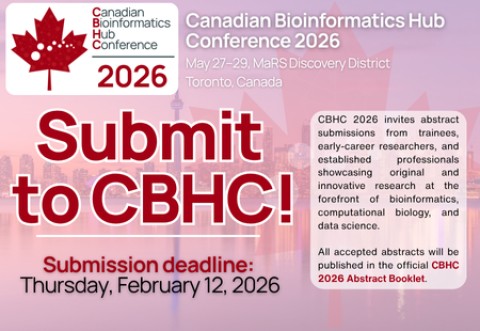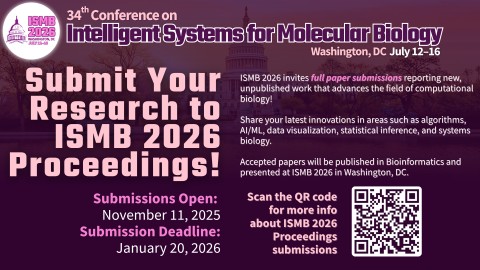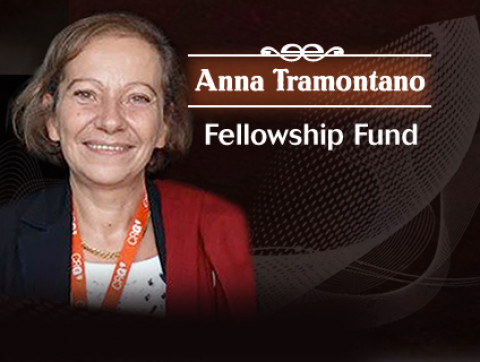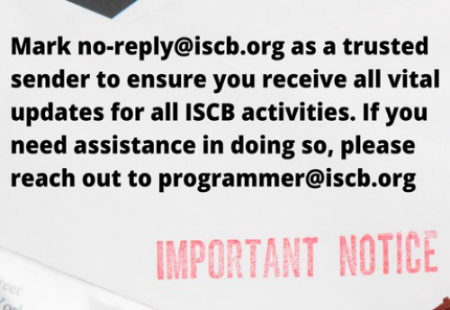ISCB High School Teachers Workshop
Incorporating Bioinformatics into High School Biology Courses
(http://www.iscb.org/workshop-high-school-teachers-ismb2014)
This is a hands-on workshop was held prior to the annual meeting of the International Society for Computational Biology (ISCB). Instructors included Dr. Fran Lewitter, Founding Director of Bioinformatics and Research Computing at Whitehead Institute; Dr. David Form, biology teacher at Nashoba Regional High School; and, Dr. Patricia Palagi, Head, Training and Outreach, Swiss Institute of Bioinformatics.
The workshop included bioinformatics activities that can be used in your classroom to help students learn biological principles. Topics include BLAST and other resources available at NCBI (the National Center for Biotechnology Information) and in Europe.
Resource and Presentation Materials:
|
Introduction to BLAST |
||
|
BLAST hands-on activity |
mouse cDNA NM_178747 mouse protein NP_848862.1 |
|
|
NCBI BLAST, EBI Ensembl |
Slides pdf | Slides ppt |
| NCBI and Ensembl hands-on - Fran | Exercises docx | Exercises txt |
|
Understanding a genetic disease with bioinformatics - hands-on |
Exercises |
This workshop is co-sponsored by ISCB and GOBLET with generous support from NSF.
 |
 |
 |
\

